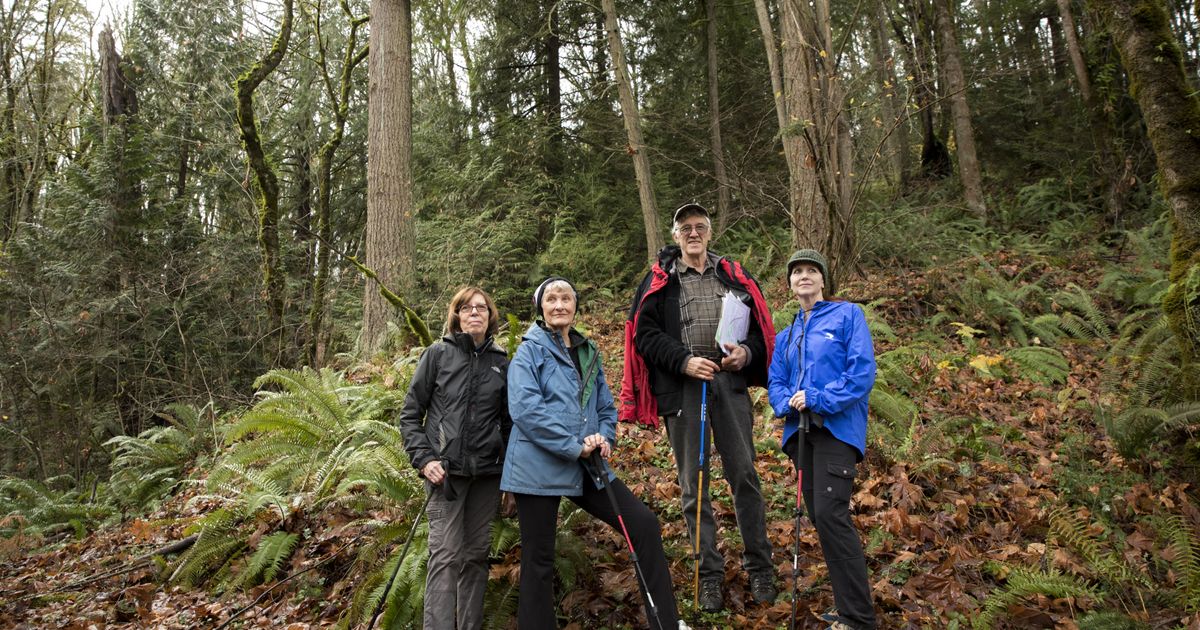How wildfire risk is being managed in one WA forest – May 27, SeaTimes
City of Lynnwood releases results of Urban Forest Health Assessment – Lynnwood Today, May 27
Explore newly mapped trails in Seattle’s largest contiguous forest – May 26, SeaTimes
WEST SEATTLE PARKS: New ‘Tree Walk’ in Fauntleroy – West Seattle Blog, May 25
Tree Talk at Senior Center of West Seattle – West Seattle Blog, May 25
Seattle passes new tree ordinance amid calls to tweak legislation – KNKX, May 23
Seattle tree protection ordinance, years in the making, is up for a vote – SeaTimes, May 23
Seattle City Council passes tree ordinance after years of debate – SeaTimes, May 23
Seattle City Council passes new tree ordinance – May 23, Crosscut
Seattle speaks for its trees with overgrown set of new protections – Capitol Hill Blog, May 23
Applications invited for Edmonds Tree Board opening – MyEdmonds News May 22
Seattle’s proposed tree ordinance is the legislative equivalent of a chain saw – SeaTimes, May 19
Can Seattle balance its need for housing with its need for trees? – May 19, KNKX
‘Tree retention evaluation’ — City sorting out how to keep Cal Anderson’s maple trees and fix the sidewalk around the park – Capitol Hill Blog, May 17
Washington slates $50M for trees to shade salmon streams – May 16, Crosscut
Lake Forest Park neighbors denounce bus-lane plan that removes trees – SeaTimes, May 15
Reminder: Second community conversation about tree code updates scheduled May 15 – MyEdmonds News, May 13
Guest editorial: City should reconsider Discovery Park plan – May 11, Queen Anne News
City receives $29,500 grant to plant 100 street trees – MLT News, May 11
Keep funding projects that protect our state’s forests – Kitsap Sun, May 9
Bainbridge’s lip service to climate always yields to growth – Kitsap Sun, May 9
City Council considering more than 50 amendments to Seattle’s tree protections – Capitol Hill Blog, May 4
Living with Trees – Real Change News, May 3 (go Martha Baskin!)
Kubota Garden is a South Seattle gem. Keeping it free is a challenge – SeaTimes, May 2
Every Tree Helps – The Nature Conservancy and Tacoma’s GRIT, May 2
Sherwood state forest: Environmental impact – SeaTimes, April 28
Why must a small Mason County forest be harvested? – Kitsap Sun, April 28
WA budgets $2B to cut greenhouse gas emissions; here’s where money will go – SeaTimes April 27
Climate Action Shoreline: Act Now – Shoreline Area News, April 26
A ‘150-acre wonderland of forest and flowers’ awaits on Bainbridge Island – HeraldNet, April 26
Tell your Seattle City Council to pass strong tree protections – SeaTimes, April 25
Seattle can’t protect its urban forest without a census of its largest trees – SeaTimes, April 20
Careful tree thinning – April 19, Queen Anne News
5 types of all-season crabapples that thrive in the Pacific Northwest – SeaTimes, April 15
A trek into Spring in the mountains of eastern Washington – April 14, KNKX
WA, Seattle launch campaign to plant thousands of urban trees – SeaTimes, April 14
Washington launches new statewide tree-equity collaboration – April 13, Crosscut
Second annual Cherry Blossom Festival a blooming success – DailyUW, April 12
You might be responsible for a Seattle street tree and not know it – April 12, Crosscut
Podcast | Who owns the trees outside your window? – April 12, Crosscut
Forest Service wins Stillaguamish logging suit over conservation group – HeraldNet, April 12
Join the LFP tree board to plant a tree in Horizon View Park Saturday – Shoreline Area News, April 11
MEET JUSTIN URRESTI: TNC WASHINGTON’S WESTERN FORESTER – April 11, TNC
Design review: Tree preservation, parking, and new housing — A 13th Ave project with something for everyone on Capitol Hill – April 10, Capitol Hill Blog
Comment: Mature forests do more for climate, wildlife, water – HeraldNet, April 8
UW cherry blossoms reach peak bloom – SeaTimes, April 6
County zoning plans will destroy rural life in Kitsap – Kitsap Sun, April 4
Balancing the health of its ‘urban forest’ with ‘a critical need for more housing,’ Seattle shaping new tree protections – Capitol Hill Blog, March 30

